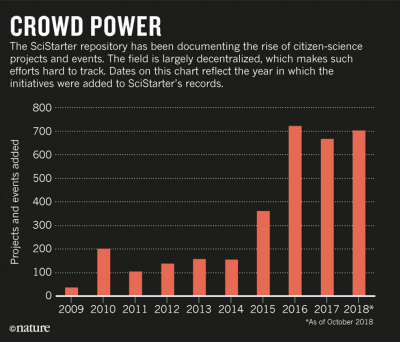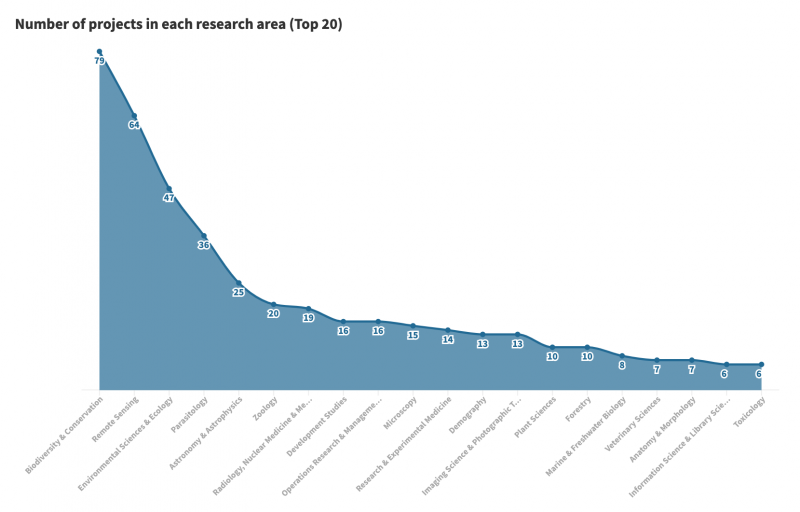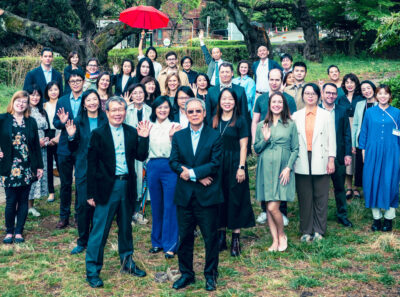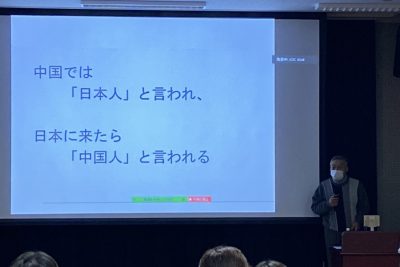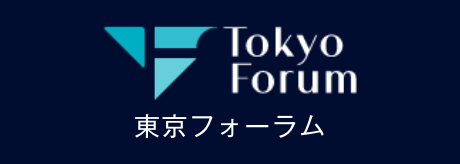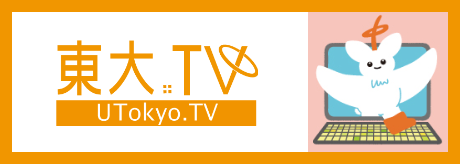Everyone is a Scientist
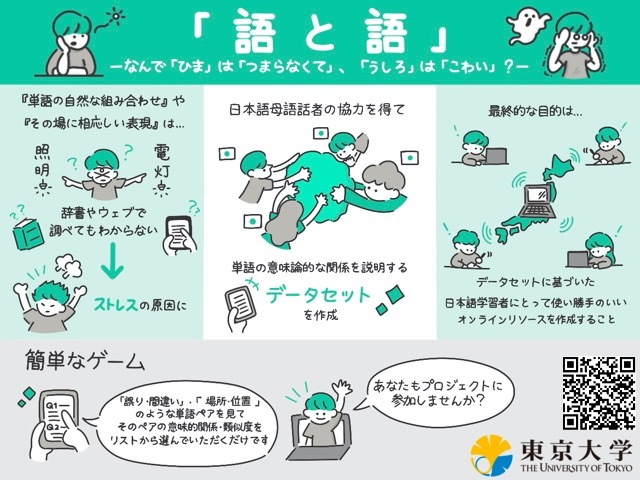
Did you know that anyone can identify distant galaxies? Would you like to teach Mars rovers how to classify terrain? Or maybe help zoologists find out more about animal behavior or linguists understand more about different languages? Could you ever imagine that you can do all that without a degree in any of these disciplines?
To become a citizen scientist, all you need is enthusiasm, a little bit of time, and a device like a computer or a smartphone with an internet connection.
Citizen science is a term covering a range of forms of participation of non-specialists in scientific projects. Citizen science is both the tool and the method for generating new knowledge. It is also a community built around a scientific topic or a problem, e.g. climate change or language development in children. Citizen science advances research and creates a dialog between professional researchers and people actively interested in their research. It serves to educate both sides and raise awareness of scientific research for wider audiences. As emphasized by Strasser et al. (2019), citizen science has the potential to both “increase scientific literacy and counteract mistrust and skepticism about scientific evidence of global problems that need to be addressed.”
Citizen science as we know it today is a recent development, and the number of projects in a variety of disciplines has been growing in the last decade (see Fig.1).
Fig 1 Sources: SciStarter, Nature
Anyone can become a citizen scientist, but who does?
SciStarter, a popular citizen science platform, names retirees, gamers, educators, students, and environmental justice advocates as frequent citizen scientists. The range of motivations is also quite wide from finding a new hobby or a new community to getting some hands-on experience with research or being a part of research on a matter they are passionate about.
Citizen science represents a methodology or way of conducting research that complies with many other current societal tendencies. For the most part, citizen science can be conducted remotely, but it still connects people. It positions itself as open-data research, allowing wider public access to both the data collection process, data itself, and the results of the analysis. According to SciStarter, citizen science projects should follow four principles: 1) anyone can participate; 2) participants follow the same study protocol so that the high-quality data can be looked at cumulatively, compared, and further analyzed; 3) data is collected to achieve real scientific goals; and 4) scientists and volunteers work together and share data to which both public and scientists have access. Citizen science also fulfills the need for big data for disciplines or sub-disciplines in which big data was not available before.
Governmental organizations and environment protection agencies incorporate citizen science as a part of their work. For example, the United Nations Environment Programme, along with other outreach methods, uses citizen science to both investigate and draw attention to environmental issues. Various organizations globally promote and support citizen science as a scientific method, community practice, and educational opportunity. As a part of the Horizon 2020 research and innovation program, the European Commission made funding available for citizen science projects. Citizen science is also promoted in museums, one of which is Miraikan, the national museum of emerging science and innovation here in Tokyo.
In what kind of disciplines is citizen science actively used? Sven Manske at CS Track provides data on the disciplines of the projects conducted at the popular citizen science platform Zooniverse. According to his analysis of project descriptions, most of them are conducted within Biodiversity & Conservation or Remote Sensing related research.
Fig 2 Source: Sven Manske at CS Track
Biodiversity research investigates variation in plant and animal life in the world or in a particular area, the degrees and effects of variation, as well as how and why variation occurs over time. Remote sensing is the science of acquiring information about areas or objects remotely, e.g. from planes or satellites. Both biodiversity & conservation and remote sensing research can have hundreds of thousands of pictures that need classification or categorization, which can be conducted by citizen scientists. One of the representative examples of such projects is Floating Forests, a NASA-supported citizen science project conducted on the Zooniverse platform. The citizen science part of the project is aimed at detecting the presence or absence of kelp forests in a large number of photographs taken from the Landsat series of satellites. In other words, citizen scientists look at and mark up satellite pictures. The results of their work will assist in the investigation and conservation of biodiversity.
Though biodiversity and remote sensing are the most popular disciplines mentioned in the project descriptions, the analysis conducted by Sven Manske at CS Track suggests projects in technology, physical, social sciences, and the arts and humanities are also represented in citizen science.
Fig 3 Source: Sven Manske at CS Track
Galaxy Zoo and Maturity of Baby Sounds are examples of citizen science projects that show the range of tasks that citizen science can be used for. Galaxy Zoo is one of the most famous long-term citizen science projects. In this project, citizen scientists were asked to classify pictures of galaxies; such classifications help researchers understand how galaxies evolve over time and allow them to test various theories about the universe. This project started in 2007 and is still continuing today. In only the first year, 150,000 participants took part and made 50 million classifications. Several incarnations of this project with different data and slightly different tasks resulted in more than 60 scientific publications.
Researcher look at the development of galaxies in the Galaxy Zoo project, but in the Maturity of Baby Sounds project, they look at speech development in babies. In both projects, citizen scientists contributed to classifications of large amounts of data. In the Maturity of Baby Sounds project, citizen scientists listened to short audio clips of baby sounds and were asked to categorize crying, laughing, and more speech-like sounds produced by babies. Classifications made by citizen-scientists in this project contribute to the researchers' understanding of speech development.
The citizen science project GO-TO-GO or “Why hima (‘free time’) is bad and ushiro (‘back’) is scary?” that we launched this year is dedicated to learning more about the character of connections and levels of similarity between words in Japanese. In this project, citizen scientists are asked to classify relationships between Japanese word pairs and assess levels of similarity between words.
Two concepts mentioned in the subtitle of the project hima (‘free time’) and ushiro (‘back’) were chosen to represent this study for several reasons. The first reason is that they both have a culturally specific context in Japanese. For example, hima has a negative connotation, and ushiro is associated with fear. Second, connections between words like ushiro (‘back’) and kowai (‘scary’) are extremely difficult to predict without access to native speaker intuition or exposure to the native environment. The outcome of this study will give Japanese language learners and researchers access to the linguistic intuition of a number of native speakers, describing the differences between maihoomu (‘one’s home’) and wagaya (‘one’s home’) or detailing the nuances of such complex concepts as soto (‘outside’) and uchi (‘inside’).
GO-TO-GO aims to collect a dataset produced by Japanese native speaker citizen scientists characterizing the similarity of words and their semantic relations (e.g. synonyms, antonyms, and cultural specificity, such as being based proverbs, art, pop culture, or common sense or knowledge). The results of this project can be used in various fields – from lexicography and language learning to natural language processing and understanding. When citizen scientists take part in this project, in the long term, they are contributing to a global discussion on mental lexicon (see previous post) and science-supported Japanese language learning and teaching. In the short term, they are forming a community of citizen scientists interested in research on the Japanese language.
Would you like to become a citizen scientist?


